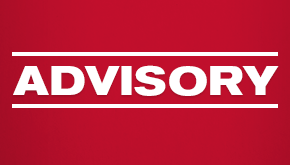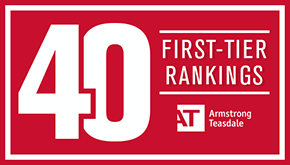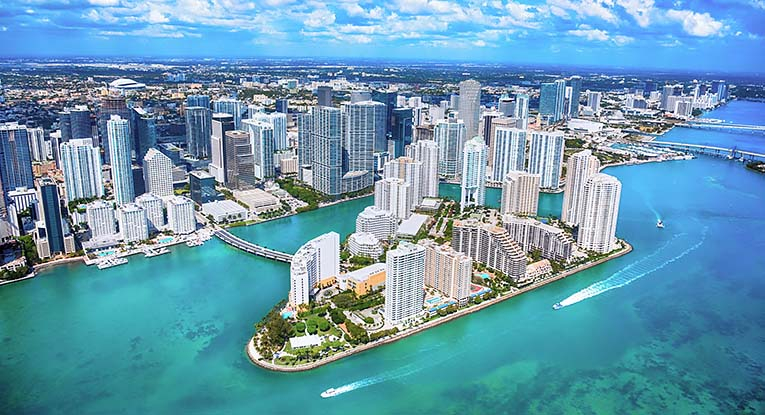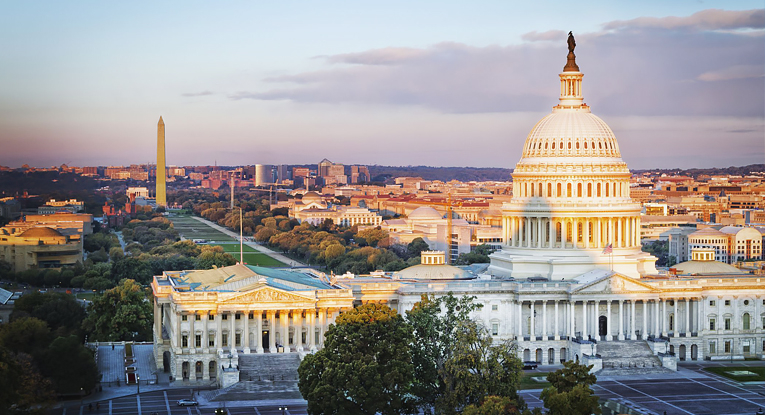Agribusiness and Food Issues to Watch for 2018
This year, the agribusiness and food industries will face ongoing legal and regulatory changes. Many of these changes take the form of walking back or revising the previous administration’s regulatory reforms. Our Agribusiness and Food industry team has compiled its annual overview of key issues that may impact related industries throughout the year. 2018 Farm Bill Food and Drug Administration (FDA) Menu Labeling Requirements – Compliance Date Changes (Again) Consumer Fraud Claims Defining “natural”: In a July 17, 2017 report, Congress attempted to push the FDA to engage in rulemaking on “natural” claims on food packaging. The Committee on Appropriations directed the FDA to report, within 60 days of the passage of an appropriations bill impacting the FDA for fiscal year 2018, “on the actions and time frame for defining ‘natural’ so that there is a uniform national standard for the labeling claims and consumers and food producers have certainty about the meaning of the term.” It is unclear whether the FDA has made any progress in developing a working definition. At a minimum, Congress appears to implicitly agree with a regulatory resolution to the issue rather than case-by-case litigation. Pet food formulation: Enhanced consumer protections have been felt not only in what is commonly characterized as the “human food” industry, but also in the pet food industry. Both increased regulation and pet humanization has placed the pet food industry in a position of balancing consumer preferences and the needs of pets. Notably, the same—sometimes problematic—marketing buzzwords trending for human food producers such as natural, sustainable and homemade have also become popular in the pet food industry. Food Safety Modernization Act (FSMA) Deadlines Certain compliance deadlines associated with the foregoing rules have already passed, while others stretch as far out as 2024. The FDA continues to issue substantial guidance for compliance including a summary of key compliance dates. In light of the immense scope of FSMA, it is crucial for impacted companies to evaluate the applicability of the final rules and keep a close watch on compliance expectations to manage risk. Genetic Engineering (GE) Food Labeling and Implementation of S. 764 Waters of the United States (WOTUS) |


































